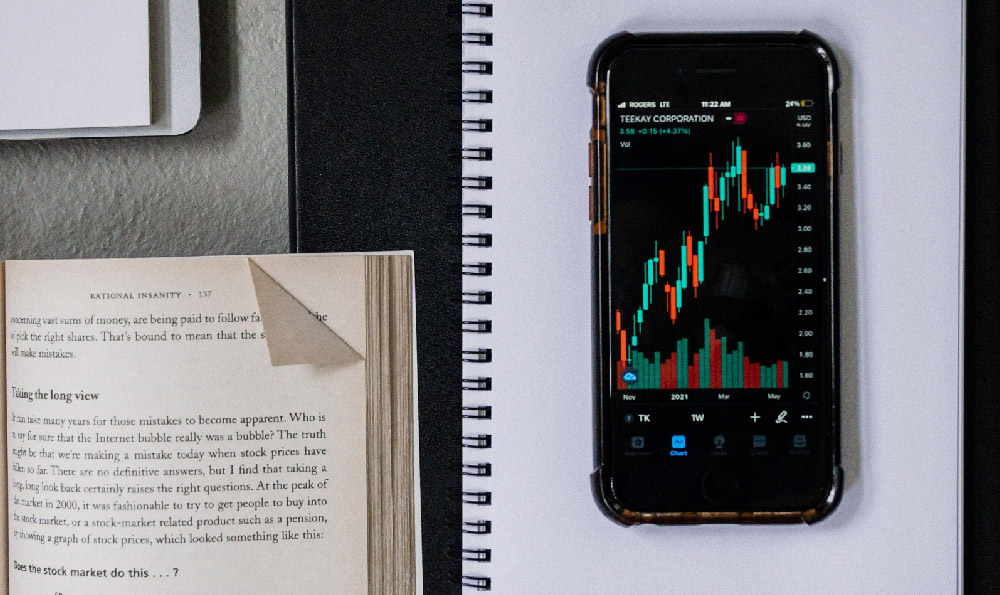Crafting a money box, whether for personal savings, a child's first venture into financial literacy, or even a charitable cause, is a surprisingly strategic exercise. It transcends simply choosing a container and throwing spare change inside. The "best" method hinges on several factors: the intended purpose, the desired level of visibility and accessibility to the funds, and even the psychological impact you want it to have. A truly effective money box is one that actively encourages saving and aligns with your financial goals.
Let's delve into some of the best methods, considering these nuances. First, the container itself. While a classic piggy bank evokes nostalgia, its opaque nature offers no visual feedback on your progress. This can be demotivating for some. A clear glass jar or a transparent acrylic box, on the other hand, provides constant visual reinforcement. Seeing the money accumulate, however slowly, can fuel your saving momentum. Consider labeling the jar with a specific goal, like "Vacation Fund" or "New Laptop," to further enhance motivation. The visual representation of progress towards a tangible objective is a powerful psychological tool.
Beyond the container, the placement of the money box matters. If it's easily accessible and visible in a high-traffic area of your home, you're more likely to use it consistently. A prominent spot on a kitchen counter, a desk, or a bedside table serves as a constant reminder to deposit spare change or small bills. Conversely, if your goal is to save for a longer-term objective and you want to minimize impulsive spending, a less accessible location, such as a closet shelf or a drawer, might be preferable. The key is to consciously decide where it fits best within your daily routine and financial objectives.

The ritual around depositing money into the box is also important. Make it a habit. For instance, empty your pockets and wallet every evening and deposit all loose change into the box. Or, set aside a fixed amount each week, regardless of whether you have spare change or not. This transforms saving from a sporadic activity into a disciplined practice. Consider adding a personal touch to this ritual, like saying a small affirmation or visualizing your goal as you drop the money in. This can further solidify the positive association with saving.
Another effective method involves automating the process, even with a physical money box. This may seem counterintuitive, but it can be done. For example, if you frequently use cash, you can consciously round up your purchases and deposit the difference into the box. If you spend $8.50, pay with a $10 bill and put the $1.50 change in the box. This simple technique can significantly accelerate your savings without requiring a major lifestyle change. This method necessitates a bit more conscious effort, but the incremental gains can be surprisingly substantial.
For those who prefer a more structured approach, consider creating a themed money box. For instance, a "Rainy Day Fund" for unexpected expenses, or a "Treat Yourself" fund for occasional indulgences. This allows you to allocate your savings to specific purposes and avoid the temptation to dip into the fund for unrelated expenses. Clearly labeling each box and setting specific targets for each fund can provide a greater sense of control and purpose. This strategy is particularly useful for managing multiple financial goals simultaneously.
The digital age also offers innovative approaches to the traditional money box. Several apps allow you to digitally "round up" your purchases and transfer the spare change to a savings account. While this isn't a physical money box, it replicates the core principle of accumulating small amounts over time. You can then periodically withdraw these funds and physically deposit them into a designated money box for visual reinforcement. This combines the convenience of technology with the tangible satisfaction of seeing your savings grow.
For parents, crafting a money box with their children is an excellent opportunity to teach them about financial literacy. Involve them in the process of decorating the box, setting a savings goal, and tracking their progress. Explain the concept of earning, saving, and spending responsibly. Make it a fun and engaging activity, rather than a chore. This can instill positive financial habits from a young age. Consider creating a matching scheme, where you contribute a certain amount for every dollar they save. This can further incentivize them and demonstrate the power of compounding.
Finally, don't forget the importance of reviewing your progress regularly. Periodically count the money in the box and assess whether you're on track to achieve your savings goal. If not, consider adjusting your strategy, such as increasing the amount you save or finding ways to cut expenses. Regular monitoring allows you to stay motivated and make necessary adjustments along the way. Celebrate milestones, no matter how small, to reinforce positive behavior.
In conclusion, crafting an effective money box is more than just choosing a container. It's about aligning the design, placement, and usage of the box with your financial goals and personal preferences. By incorporating elements of visual feedback, automation, and positive reinforcement, you can transform a simple money box into a powerful tool for achieving financial success. The best method is the one that works best for you, the one that actively encourages saving and helps you stay motivated on your journey towards financial freedom. Consider your objectives, experiment with different approaches, and find the system that fits seamlessly into your life.











